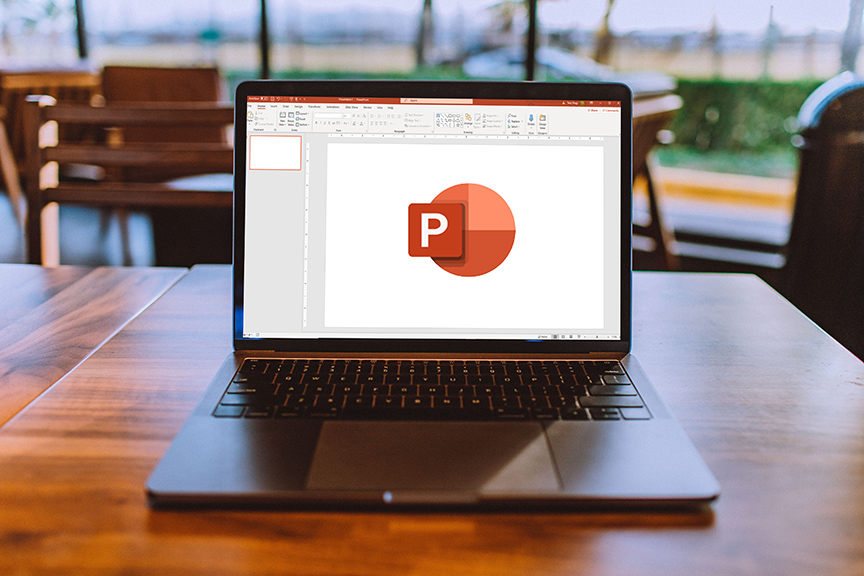In the fast-paced business world, effective communication is one of the strongest professional assets. Whether sharing project ideas, presenting reports, or pitching strategies, employees must express information in a structured and visually engaging way. This is where powerpoint training becomes a valuable advantage, helping staff convey messages more clearly and confidently.
Modern organisations thrive on clarity and collaboration. Clear presentations support better decision-making, improve understanding across departments, and build confidence in internal and external communication. With workplace demands evolving, professionals are expected not only to master data and information but also to present it in a way that influences, persuades, and inspires.
Enhancing Professional Communication
Strong communication sits at the heart of every successful business. When ideas are visually organised, easy to understand, and delivered with confidence, teams function more effectively. PowerPoint skills help employees turn raw information into structured messages that guide colleagues, stakeholders, and clients through key insights and actions.
Employees who can build engaging presentations stand out as strategic thinkers. They learn how to translate complex data into visual stories, highlight essential details, and support spoken content with clear slides. This leads to more productive meetings, smoother discussions, and stronger engagement from audiences.
Boosting Productivity and Workflow
Well-designed slides make tasks quicker and smoother for teams. With proper training, staff learn time-saving tools, shortcuts, and templates that streamline daily work. Instead of spending hours formatting slides, they can focus on the content and strategy behind each presentation.
Efficient slide creation also supports cross-department collaboration. When teams follow consistent visual standards and workflows, communication becomes faster and more effective. Clear presentations prevent confusion, reduce repetitive explanations, and help projects move forward without delay.
Supporting Leadership and Confidence
Presenting in front of others can feel daunting, even for experienced professionals. Training helps employees build both technical and communication confidence. With improved design skills, visual clarity, and message structure, staff gain assurance when presenting to colleagues, leaders, and clients.
Confident presenters are often seen as reliable, capable, and ready for leadership roles. Developing presentation skills early in a career can help individuals grow into future managers and decision-makers. A clear and structured delivery style also enhances personal credibility, helping employees represent their organisation with professionalism.
Improving Data Storytelling
Businesses rely on data more than ever before, but data alone does not drive results. The real value emerges when numbers are turned into meaningful insights. Training teaches employees to use charts, graphs, icons, and visuals that simplify figures and highlight trends without overwhelming audiences.
When information is easy to follow, stakeholders can make faster and more informed decisions. Good data storytelling bridges the gap between analysis and action, ensuring that key messages stand out and guide the right outcomes.
Strengthening Team Collaboration
Many business tasks require teamwork, and presentation tools help groups organise content and share progress effectively. Well-structured slides support brainstorming, project updates, training sessions, and reporting. They also help teams maintain transparency, clarify roles, and stay aligned on objectives.
Shared templates and guidelines promote consistent communication across the organisation. When everyone uses similar styles and structure, presentations reflect a unified corporate identity and make information easier to compare and understand.
Enhancing Client and Stakeholder Engagement
Professional presentations play an important role in winning trust and showing expertise. The way information is presented can shape the perception of a company’s capability, attention to detail, and understanding of client needs. Attractive slides with clear messages make a strong impression and support successful negotiations, pitches, and proposals.
Visual clarity also reduces misunderstandings during discussions, improving long-term client relationships and building confidence in the organisation’s approach.
Supporting Learning and Development
Continuous growth is essential in any career. Training in presentation skills not only improves daily performance but also encourages employees to think creatively, plan carefully, and communicate purposefully. These are valuable abilities that support overall professional development.
By mastering presentation tools, staff become more independent problem-solvers and better contributors to team initiatives. This creates a culture of learning, adaptability, and innovation throughout the workplace.
Conclusion
In today’s business environment, effective presentation skills are vital. Strong visual communication enhances teamwork, boosts confidence, improves decision-making, and elevates overall productivity. With structured powerpoint training, employees gain the ability to transform ideas into compelling messages that leave a lasting impact. Investing in these skills strengthens both individual capability and organisational success, making it a key component of modern professional development.

